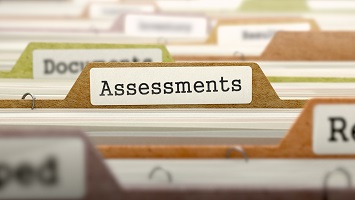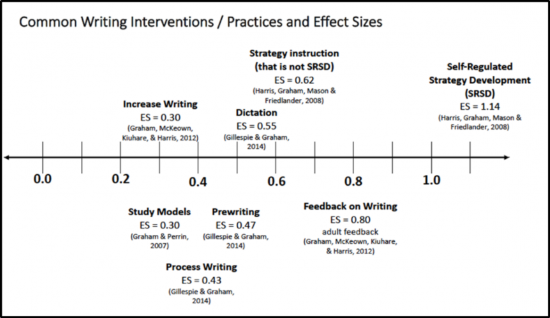





Ask the ‘TASC is a PBIS advice column from the RSE-TASC Specialists
Question: How do I respond to staff who say, “We should be addressing negative behavior consistently and just suspending students out of school?”
Response 1:
John McCabe,
Non-District Specialist
How negative behavior is addressed in any component of society, including a school, is of a great importance. I have found that although it is important to understand “why” staff feel this way, and even more important to create a reasonable response. I would suggest we use the power of a few people coming together for a common purpose and a meaningful task to address this.
Many years ago a principal told me that his staff presented him with the same question and he was stumped until he realized he could ask them to help. He suggested a “discipline committee” with the purpose of creating criteria to help outline negative behaviors and how all staff would address them consistently, as well developing alternatives to suspension. For more information on how to improve your discipline system see PBIS Missouri and the free resources at this site including the section on “Discouraging Inappropriate Behavior” at http://pbismissouri.org/wp-content/uploads/2015/05/Tier-1_4-23-2015.pdf.
Response 2:
Sara Fienup,
Behavior Specialist
Teachers don’t like it when students misbehave. No one does. It disrupts learning, it sets a bad example, and it often makes us feel disrespected or even incapable. Here are 4 strategies for preventing negative behaviors (and making teachers happy).
1. Assure teachers that something WILL be done. Teachers want to know that something is being done and they want to feel supported by their administrator. Here’s a 4-part plan to accomplishing this task:
- List the negative behaviors that occur in your school and define each one.
- Divide the negative behaviors into “Administrator-managed behaviors” and “Teacher-managed behaviors.”
- As a school, agree on a few possible interventions for each of these two types of behaviors. This way, behaviors are being addressed “consistently,” which is what the teachers are asking for, but there’s still some wiggle room for individual needs.
- Now here is the trick…..include teachers in the development of the plan. The last thing you want is a top-down approach when it comes to discipline.
2. Look for red flags. The effectiveness of any intervention should be evaluated regularly. This means that if suspensions ARE being used, someone should be checking monthly to see if Student A and Student B had any repeat offenses since their first suspension. If the answer is yes, you can bet that the suspension was NOT an effective intervention, so there is no point in doling out another one. Try something else.
3. State the facts. As a whole, suspension, expulsion, and zero-tolerance policies don’t improve student behavior or increase school safety. Instead, they are linked to an increased likelihood of future behavior problems, academic difficulty, detachment and dropping out. This makes sense when you really think about it: Suspension doesn’t teach appropriate behavior; modeling, reminding, and reinforcement do. Suspension removes students from instruction and creates tension in the teacher-student relationship.
Focus efforts on prevention. When everyone in the school is focused on teaching and reinforcing appropriate behavior, then we ARE addressing negative behavior consistently. We’re preventing it from happening in the first place, and isn’t that what everyone wants?
If you have a question you would like us to answer, please email your question to: dlangley@pnwboces.org with the subject line “Ask the ‘TASC”


 Data-Driven Decision-Making
Data-Driven Decision-Making  Increasing Post-School Success through Interagency Collaboration
Increasing Post-School Success through Interagency Collaboration  How Can We Improve Deeper Learning for Students with Disabilities?
How Can We Improve Deeper Learning for Students with Disabilities?  Positive Classroom Management: Creating an Environment for Learning
Positive Classroom Management: Creating an Environment for Learning  Self-Determination Skills Empower Students of All Ages
Self-Determination Skills Empower Students of All Ages  Fidelity of Implementation: What is it and Why does it Matter?
Fidelity of Implementation: What is it and Why does it Matter?  Rethinking Classroom Assessment
Rethinking Classroom Assessment  A Three-Step Approach to Identifying Developmentally Appropriate Practices
A Three-Step Approach to Identifying Developmentally Appropriate Practices  Transforming Evidence-Based Practices into Usable Innovations: A Case Study with SRSD
Transforming Evidence-Based Practices into Usable Innovations: A Case Study with SRSD